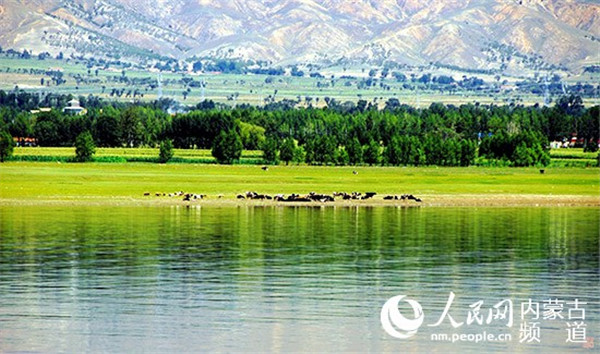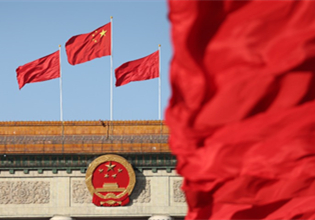Ulaanqab recounts achievements of past 70 years

A tranquil moment on the shores of Dahai Lake outside Ulaanqab, a city of North China's Inner Mongolia autonomous region. [Photo/nm.people.com]
Ulaanqab, a city of North China's Inner Mongolia autonomous region, saw the numbers of its impoverished fall to 35,900 at the end of last year – down from 291,000 at the end of 2013 – according to officials.
The city's poverty rate dropped from 14.54 percent at the end of 2013 to 1.79 percent at the end of 2018, they added.
Ulaanqab has gradually extricated itself from its remote, poor and backward development situation.
It has the prospect of further advancement, according to local officials who were speaking at a news conference held in Hohhot, the capital of the autonomous region, on Sept 24.
The news conference was part of a series of events held in Inner Mongolia to report on the region's achievements over the past 70 years -- and to celebrate the 70th anniversary of the founding of the People's Republic of China.
Officials said the abundant natural resources and rich cultural heritage provide valuable wealth for the development of tourism in Ulaanqab.
Cultural tourism is becoming a pillar industry in Ulaanqab.
To date, the city developed 11 tourist attractions to the national tourist 4A-level.
The number of visitors has increased from 5.5 million in 2012 to 17.6 million in 2018, with an annual increase of over 20 percent.
Officials said its tourism income has increased over the same period from 4.4 billion yuan ($ 617 million) to 17.2 billion yuan. They added that Ulaanqab is fast becoming an ideal destination for all-round tourism, four-season tourism and self-driving travel.
A lot of this has to do with the pristine environment.
The comprehensive management of water ecology in Daihai Lake has achieved big achievements and the reduction trend of the lake surface has been effectively curbed, officials said.
They added that the water quality of the lake has been improved and the water volume is now stable.
The 15,000 square kilometer environmental protection area of Ulaanqab, four national key ecological function areas and 19 nature reserves have been effectively protected.
The green area rate, the green coverage rate and per capita park green area of built-up urban areas in the city reached 34.03 percent, 37.26 percent and 20.13 square meters, respectively.
Local officials also briefed the news conference on the current situation and further prospects of Ulaanqab's opening up – as well as developments in the logistics sector, big data industry and other industry developments.



 Print
Print Mail
Mail





